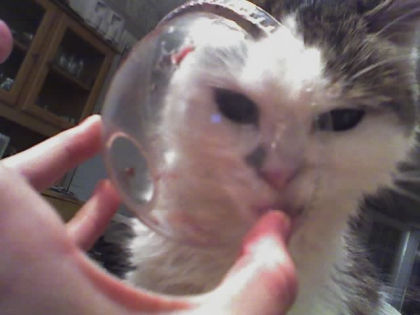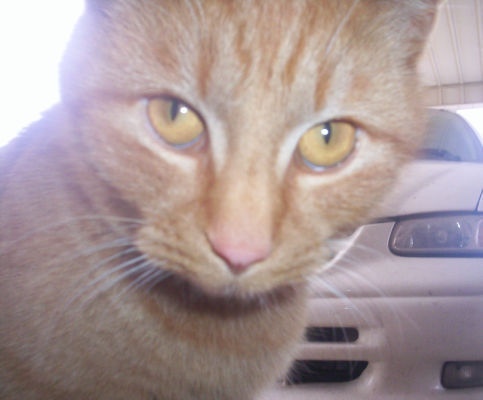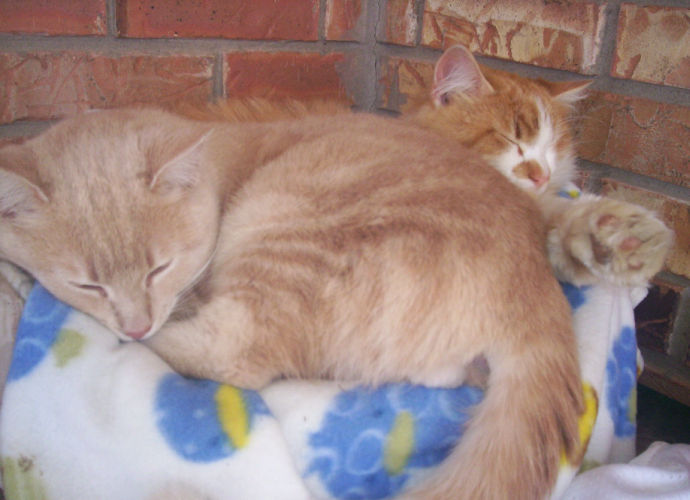The infographic below shows just how greatly local humane shelters need our help and support. It’s a very real problem and it’s a growing problem, especially here in the States. Do all you can – even if it’s just donating dry food or cans to your local shelter. – Joi (“Joy”)

Image courtesy of PBS Pet Travel












